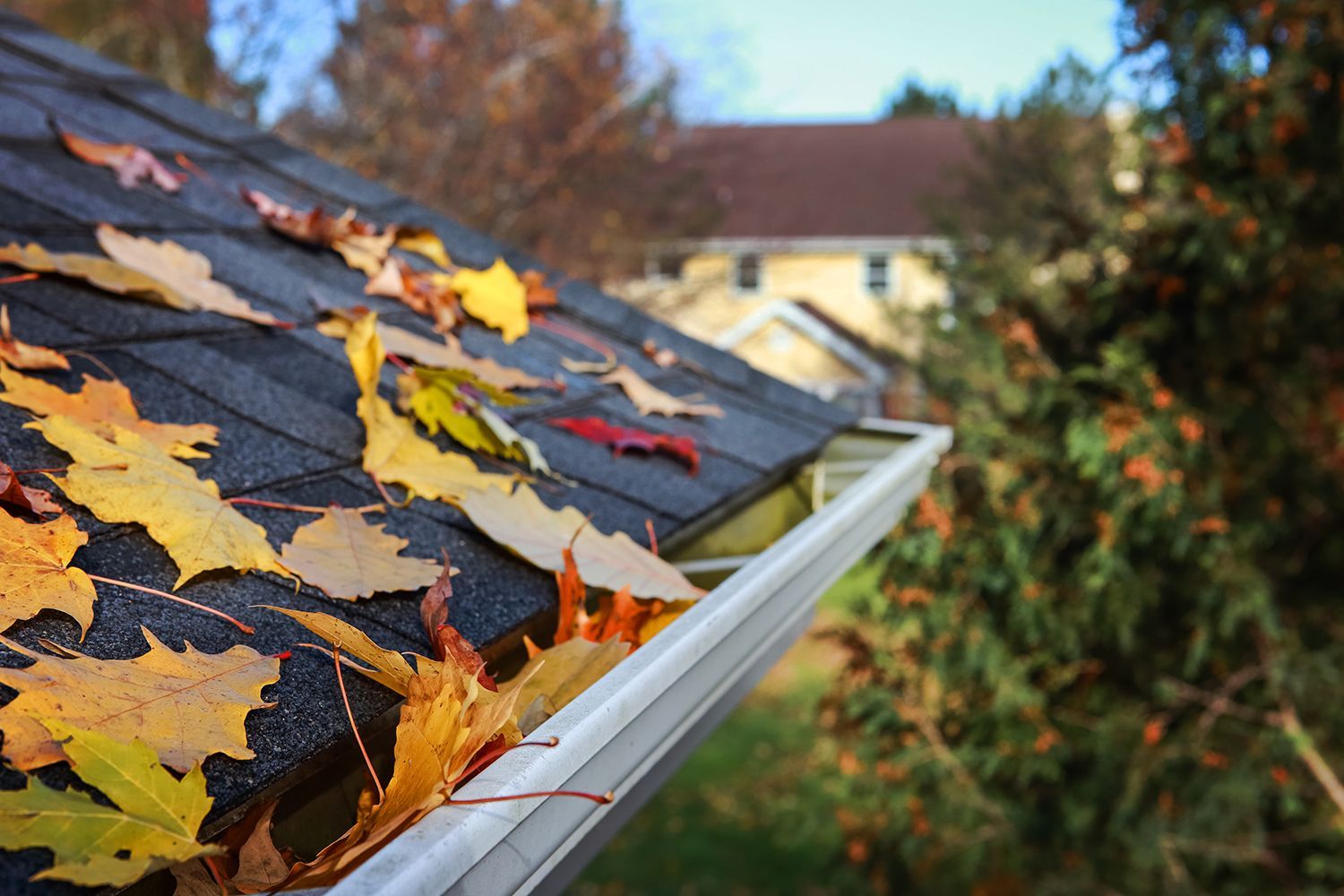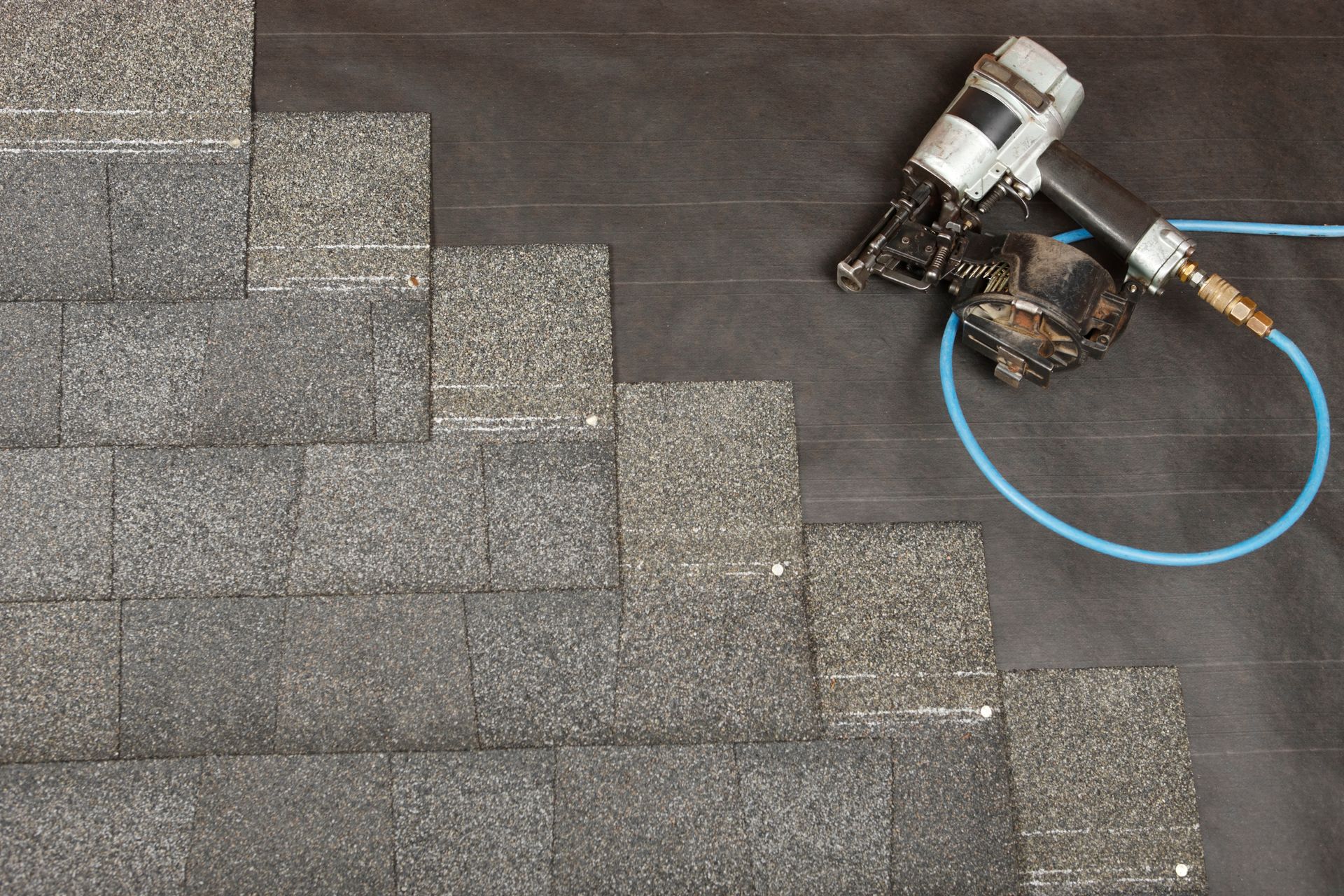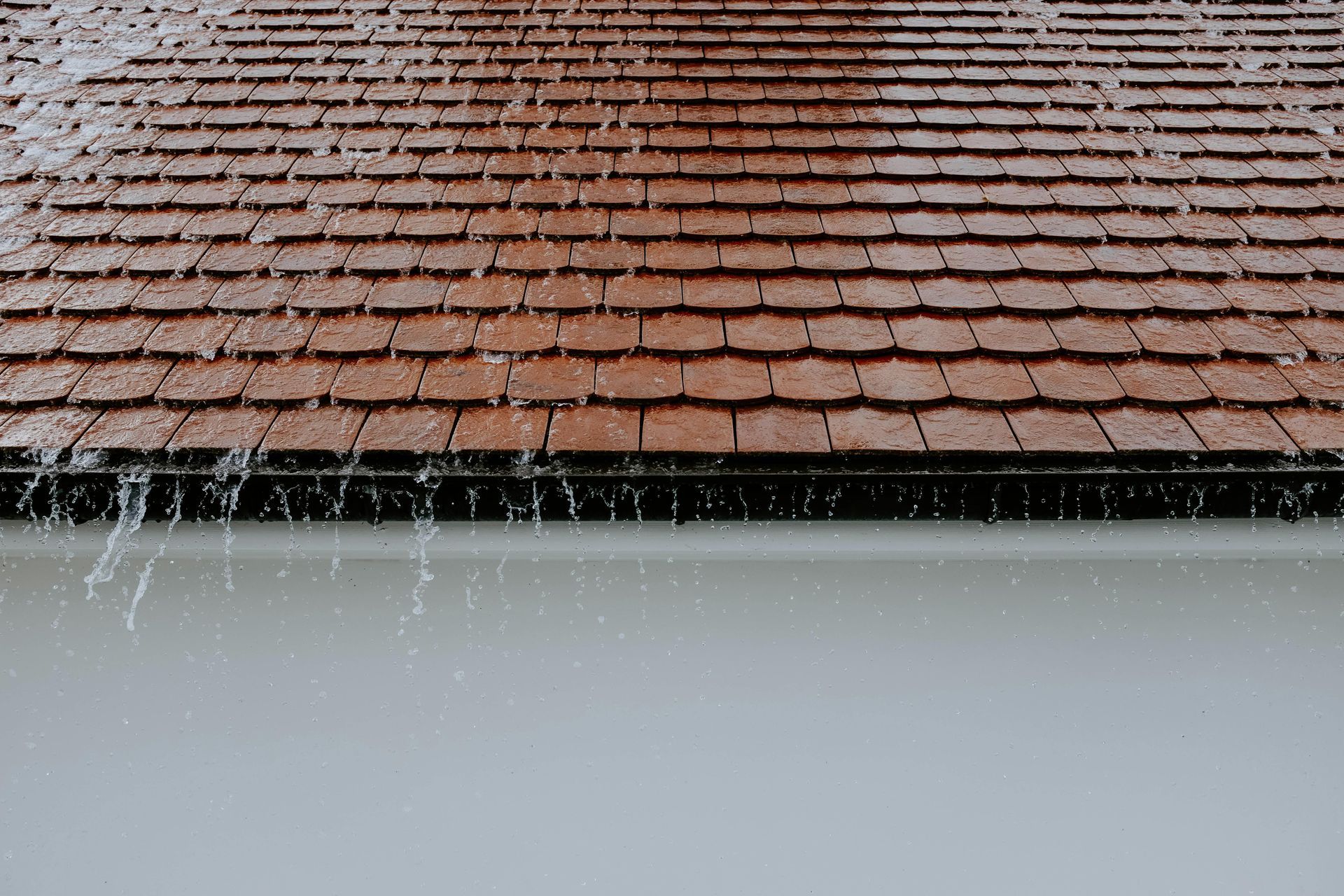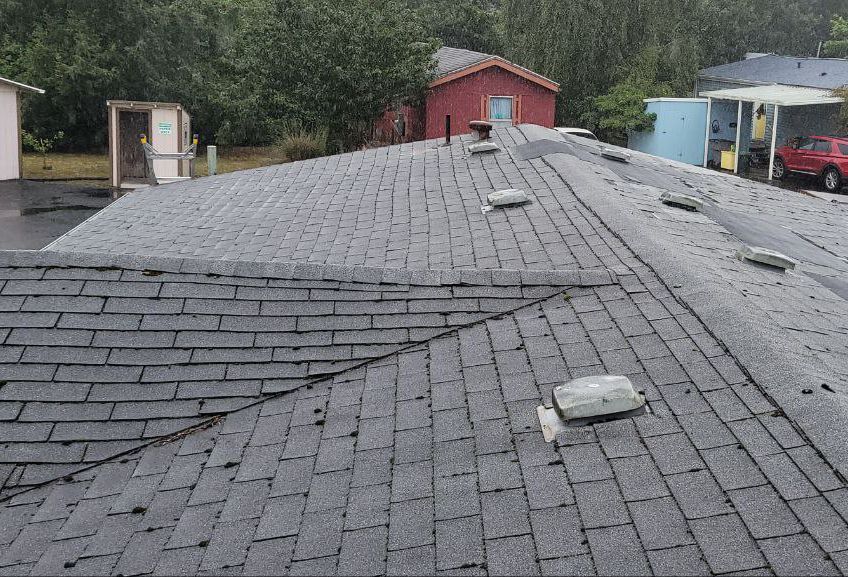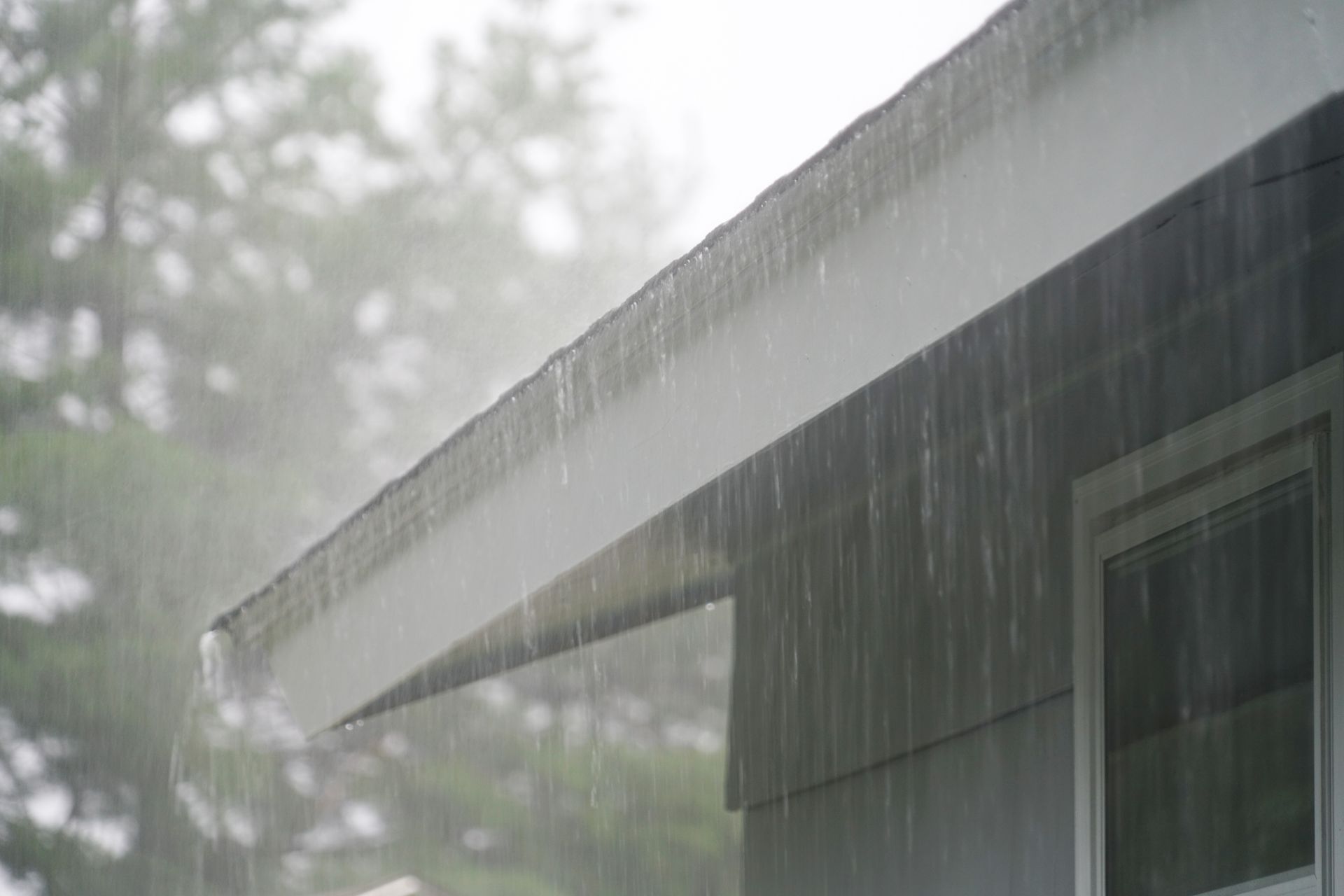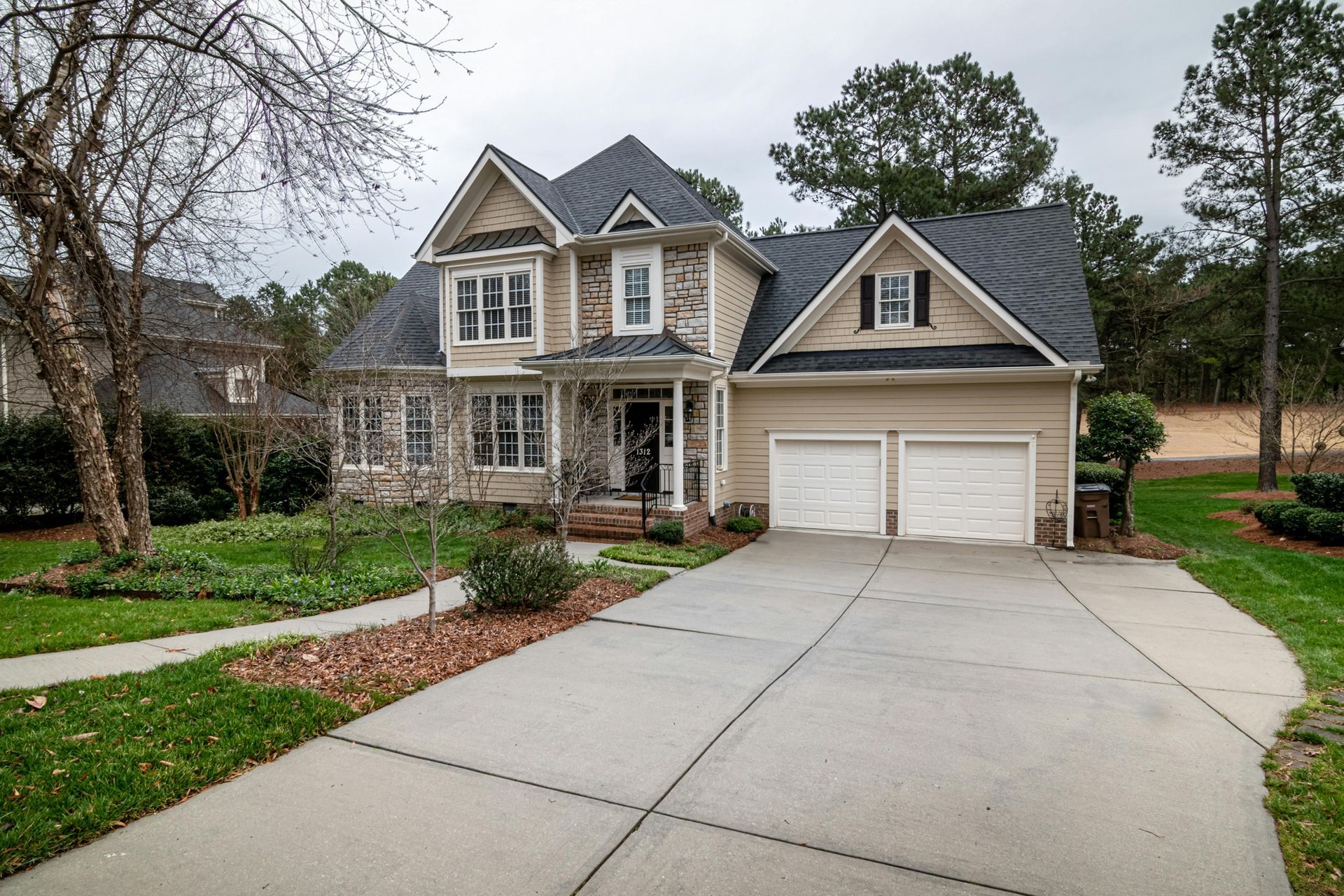Light vs. Dark Roofs: Which Is Right for Your Home?

When it’s time to replace your roof, color might seem like a purely aesthetic choice, but the shade you select can have a real impact on your home’s comfort, efficiency, and longevity. Staying mindful of your color choice can save you a lot of headaches in the future! Or at very least, make the decision easier. Here’s what you should know about light-colored vs. dark-colored roofs before making your decision.
The Case for Dark Roofs
Dark-colored roofs, especially black and deep gray shingles, are popular for their timeless, elegant appearance. They tend to complement a wide range of siding color choices, too, from traditional red brick to modern white or gray exteriors.
Pros:
- Enhanced Curb Appeal:
Dark roofs look sleek and uniform, hiding mold, stains, and algae growth better than lighter shingles.
- Better for Cold Weather: Dark colors absorb more sunlight, helping to
melt frost, snow, and ice faster during chilly Vancouver winters.
- Pairs with Solar Panels: A dark roof blends visually with solar arrays for a clean, modern look.
Cons:
- Heat Absorption: In warm weather, dark roofs can raise attic temperatures, potentially increasing cooling costs.
- Material Lifespan in Heat: Consistent high heat exposure can age some roofing materials faster, though in the Pacific Northwest, this is a minor concern compared to sunnier regions.
The Case for Light Roofs
Light-colored roofs in beige, light gray, or other bright colors reflect more sunlight than they absorb. While they’re more common in hot, sunny climates, you might still consider them in the PNW based on your priorities.
Pros:
- Improved Energy Efficiency: Reflecting sunlight helps keep attics cooler in summer, reducing air conditioning costs.
- Eco-Friendly Option: Cooler roofs can reduce urban heat buildup and energy demand.
- Debris Friendly:
Lighter roofs are better at hiding dust and debris compared to darker roofs, which might “look dirty” even from afar.
Cons:
- Shows Mold and Algae More Easily: In our damp Pacific Northwest climate, lighter shingles may need more frequent cleaning.
- Slower Snow Melt: Lighter roofs absorb less heat, allowing snow and ice to linger longer.
- Heat-Deflecting: In the Pacific Northwest, a roof that deflects heat might make the colder seasons harsher compared to the milder hot seasons when up north.
What’s Best for Vancouver Homes?
Here in Vancouver, WA, the weather plays a big role in your decision. With our cool winters, mild summers, and frequent rain, both light and dark roofs perform well, so it often comes down to style, energy priorities, and maintenance preferences.
At Swift Exteriors, we recommend:
- Dark roofs for traditional homes, shaded lots, or homeowners who value a classic look and low-maintenance color.
- Light roofs for modern designs, open areas with lots of sun, or those focused on maximizing energy efficiency in the summer months.
It’s important to remember that while roof color is not the only, or even necessarily the most critical factor in deciding on your roof, looking into the material and types of shingles is another important factor. But whether it's a simple paint job or a bold design statement, your color choice can now be made a little more informed.
Ready for a roof that looks great and performs year-round?
Contact Swift Exteriors today for a free consultation and discover how the right color can make all the difference.
